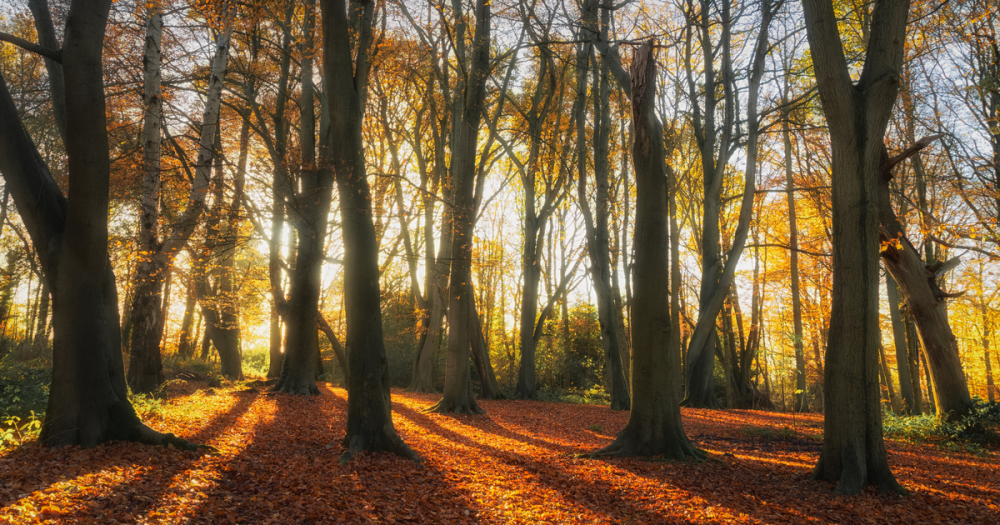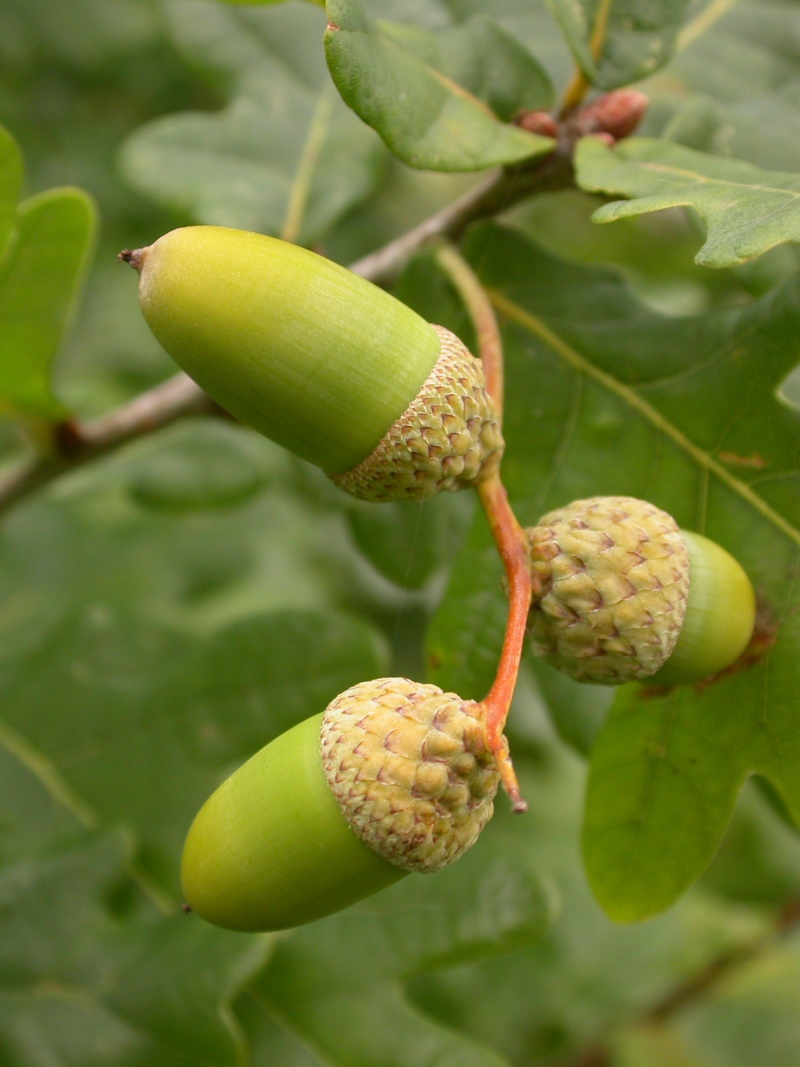Panshanger Park is 1,000 acres of countryside situated between Welwyn Garden City and Hertford. Herts and Middlesex Wildlife Trust is working with the park’s owners, Tarmac, and Herts County Council to manage the park for both people and wildlife.
Every October it somehow feels a shock that we’ve got to this time of the year again. The Summer migrants have gone, there’s a cooler edge to the breeze and the nights are drawing in.
A sweetener to the start of the colder months, however, is the beautiful colours of the leaves on the deciduous trees. The first to change are often the horse chestnut trees, usually the first leaves out in the Spring, and quite frequently subject to the horse chestnut leaf miner moth, playing out their lifecycles on the leaves. The fungal horse chestnut leaf blotch can also impact and cause the brown/yellow blotches on the leaves, leaving them already quite tired looking by the end of Summer.
It’s definitely worth a walk around Panshanger Park over the coming month to see the changing colours of the leaves.
You may have already noticed that there is a bumper crop of acorns on the Oaks this year – this is known as a mast year. This is a clever reproduction strategy on the part of the trees. And it is not just Oak trees, but many fruit, nut and cone bearing trees that adopt the approach of a mast year.
It may seem detrimental to a tree’s growth to focus all its energy on producing masses of seeds or nuts for a year, but mast years don’t happen every year – often only between every five to ten years. The success for reproduction in this tactic comes from inundating those species that feed on the nuts, such as many birds and mammals, to the extent that all the acorns can’t possibly be eaten and so many are left in the soil to germinate. Even if a busy squirrel or jay has collected those acorns and buried them, with so many around it is unlikely that they’ll get through all their cache over the Winter months.
Even more cleverly, the trees tend to coordinate their mast years. Not just in a small area like Panshanger, but they can be synchronised across all of Western and Northern Europe!
See how many acorns you can count in an area under an Oak at Panshanger this Autumn. It is thought there can be up to a few hundred acorns fall on one square metre of ground!
If you would be interested in any of the Autumnal events, or volunteering within the park then more information can be found at panshangerpark.tarmac.com.
Jo Whitaker is the Panshanger Park people and wildlife officer. She works for Herts and Middlesex Wildlife Trust and her role is funded by Tarmac.

Fallen Autumnal leaves creating a colourful carpet ©Andy Bartlett

Plenty of acorns in this mast year ©Philip Precey


